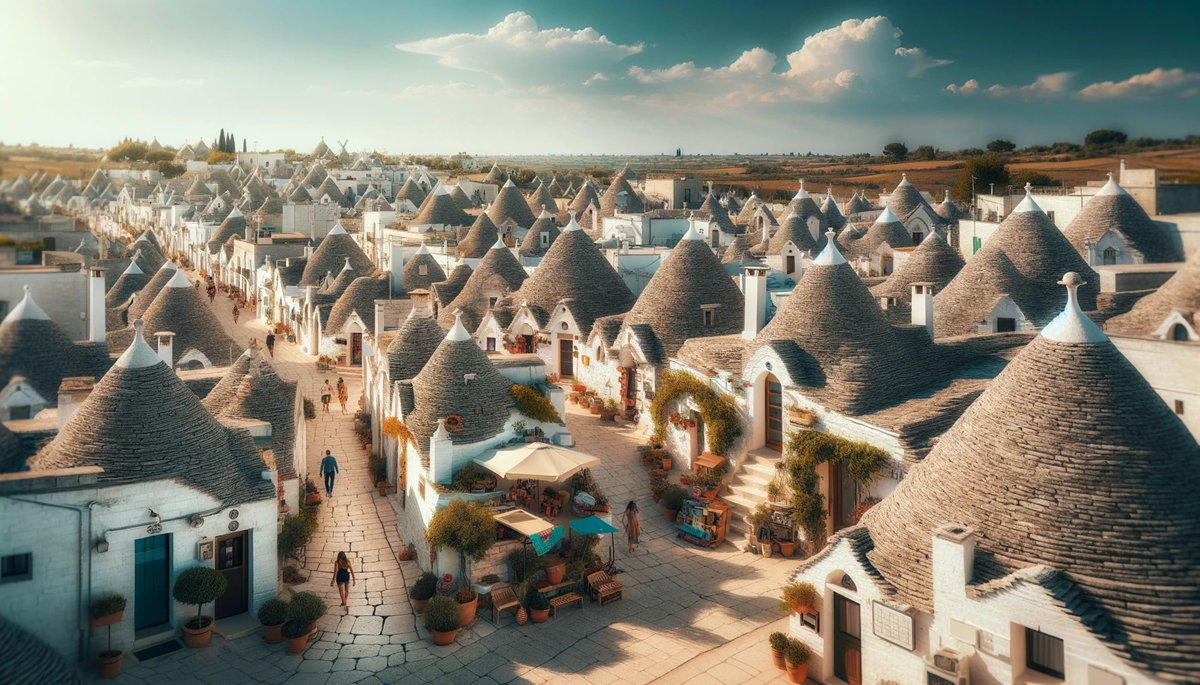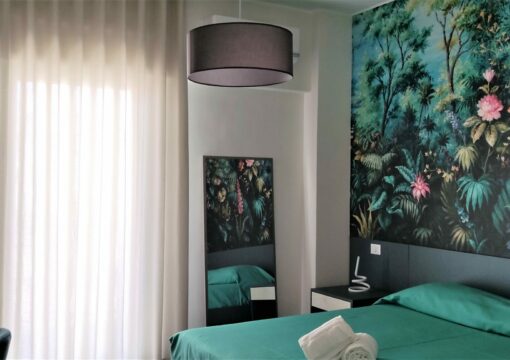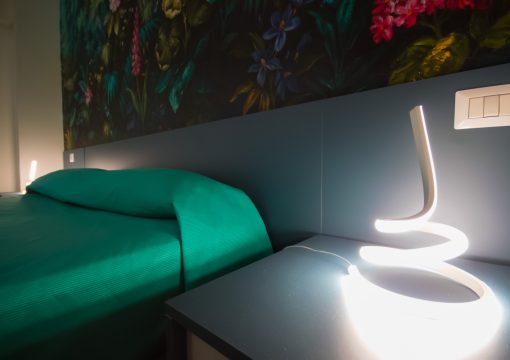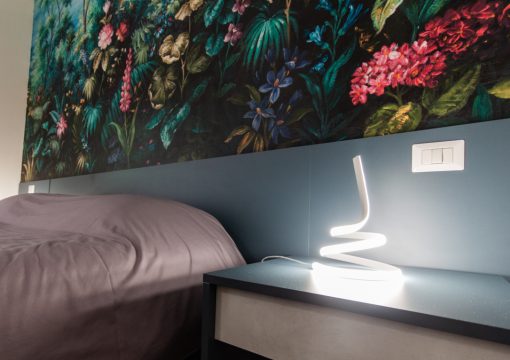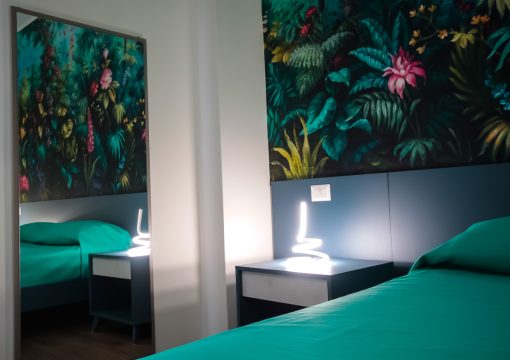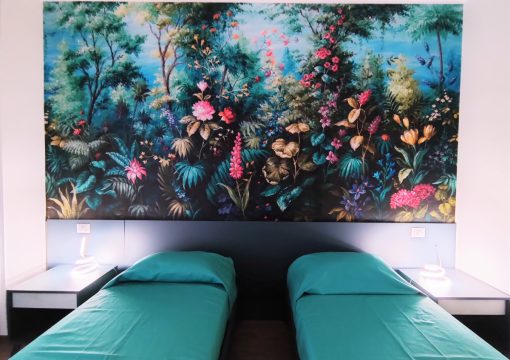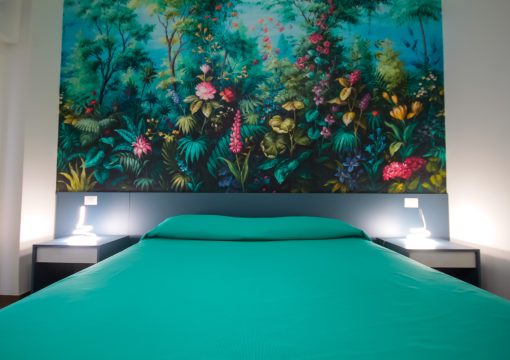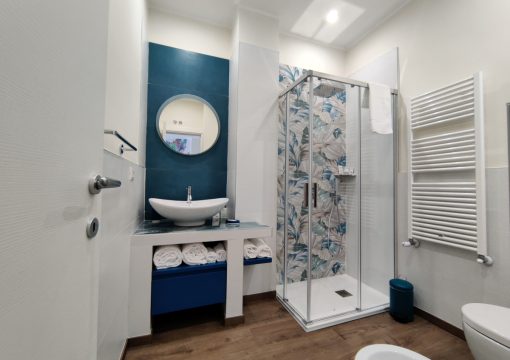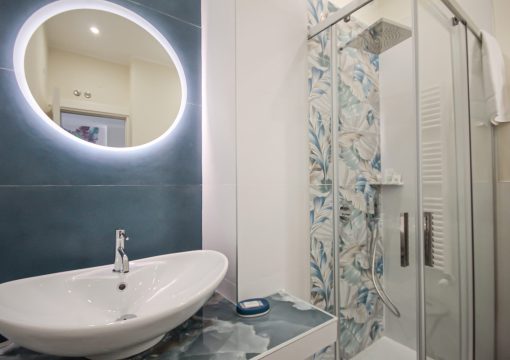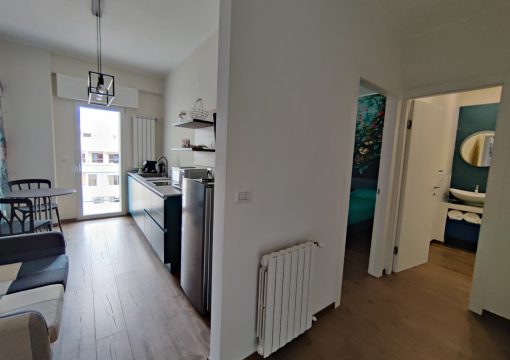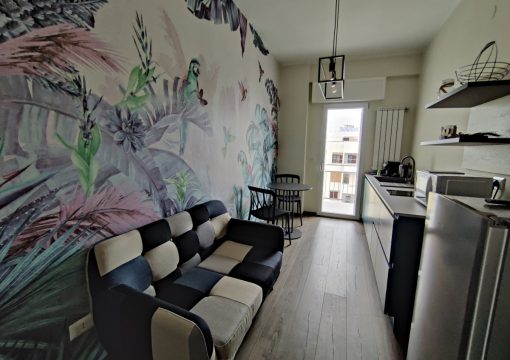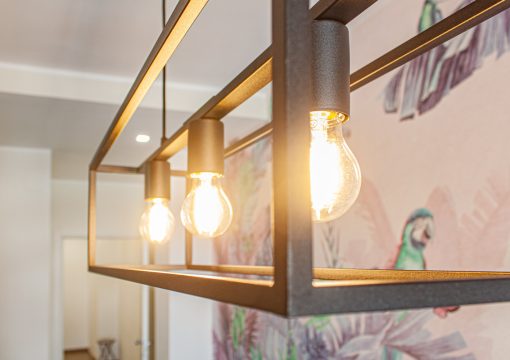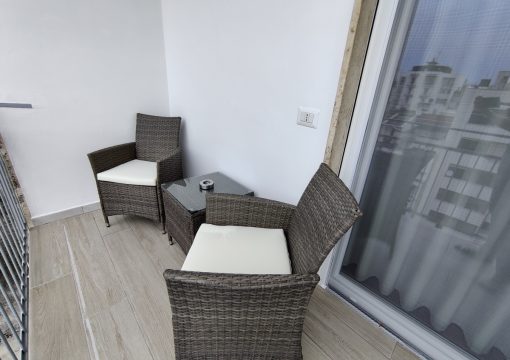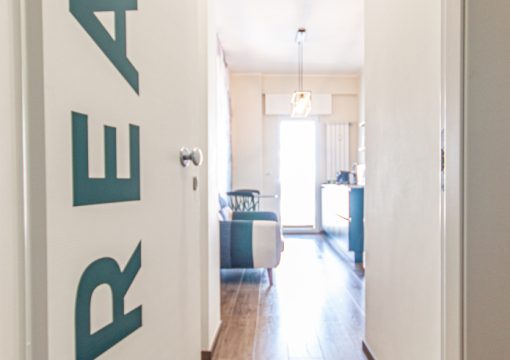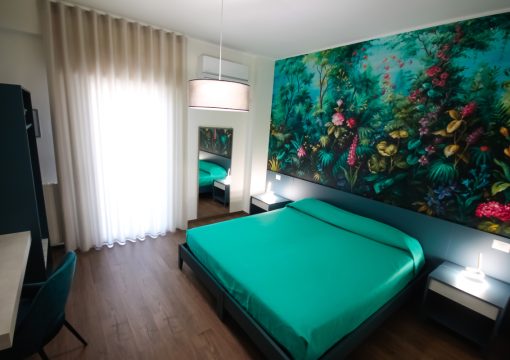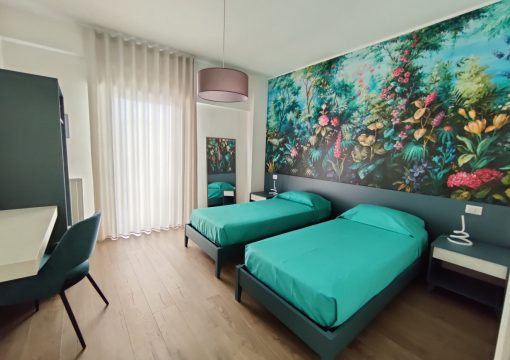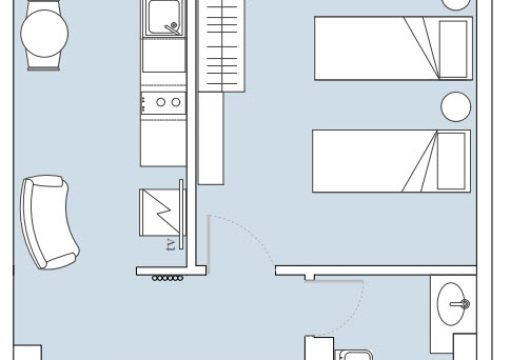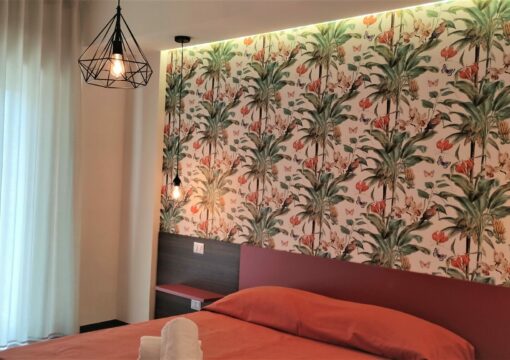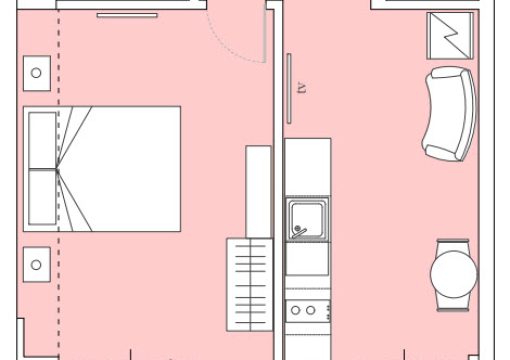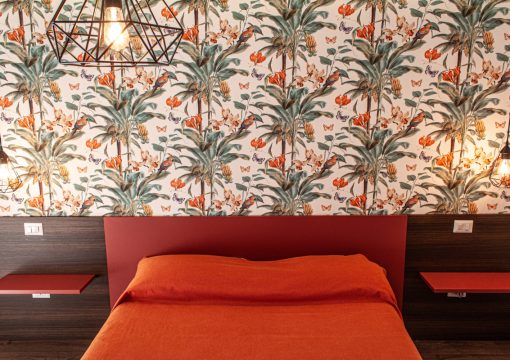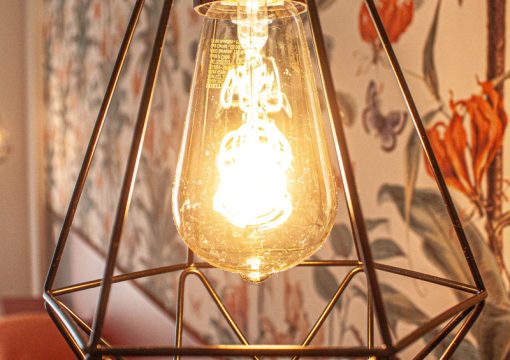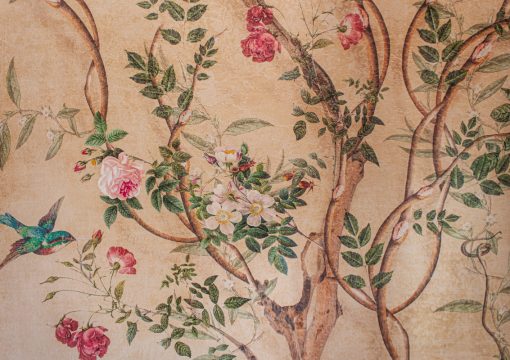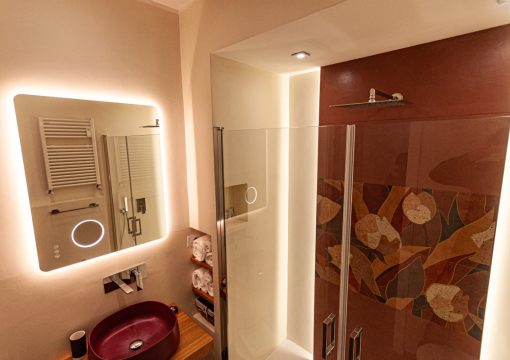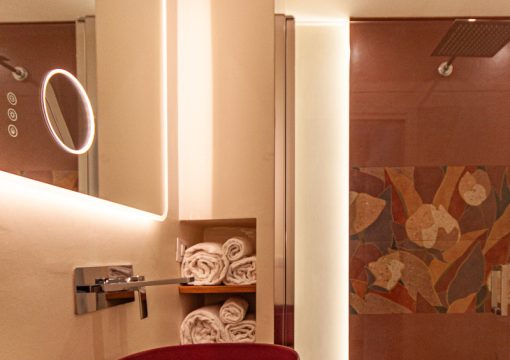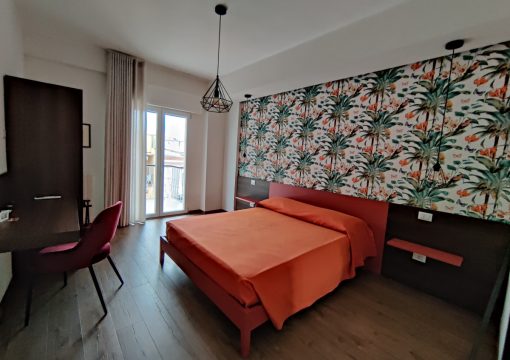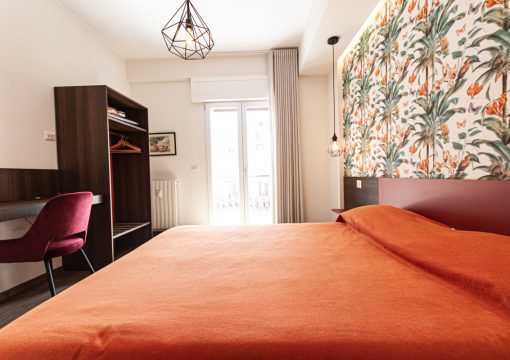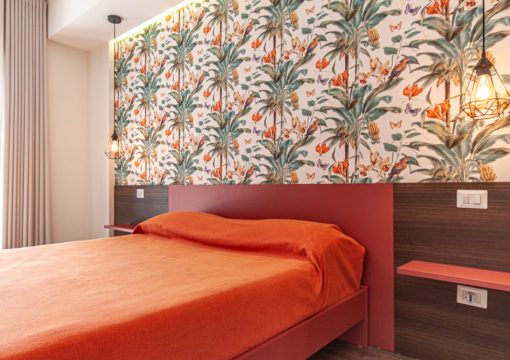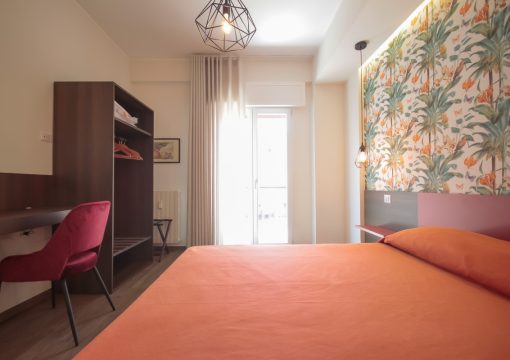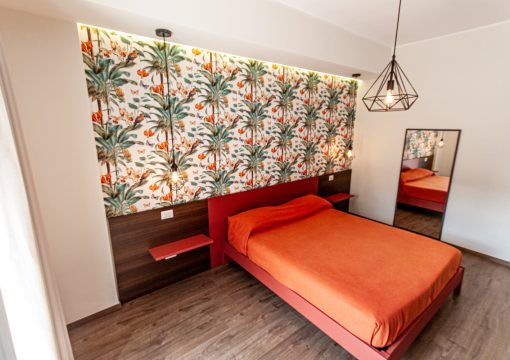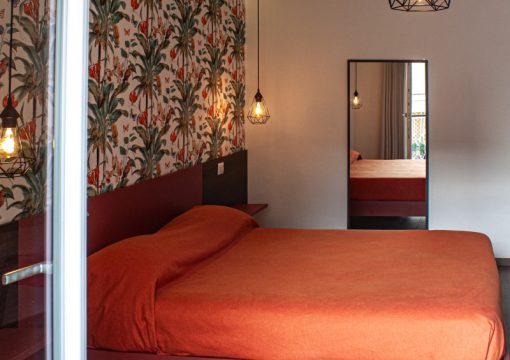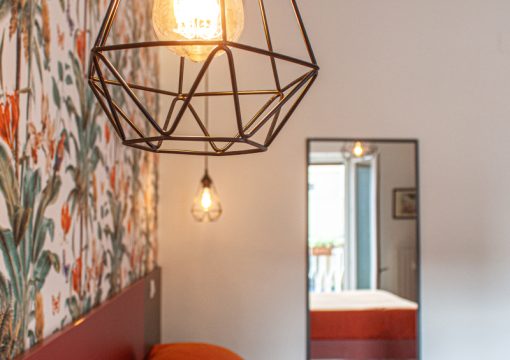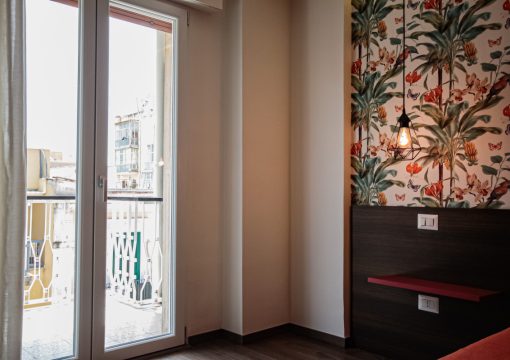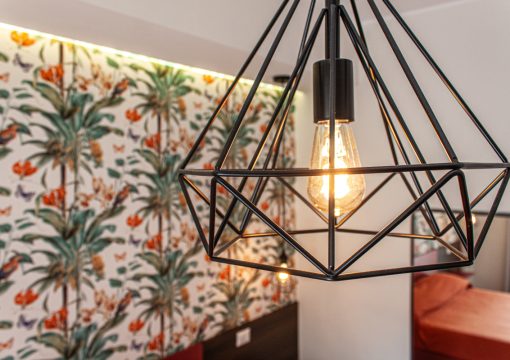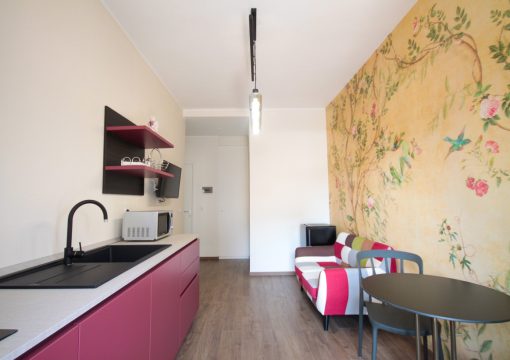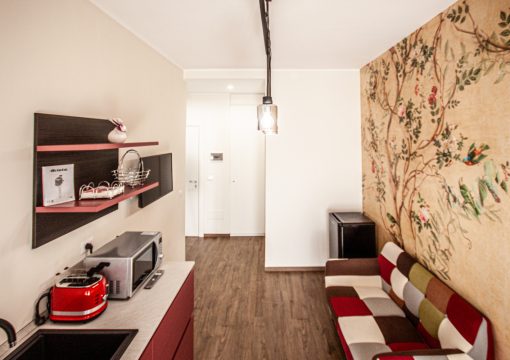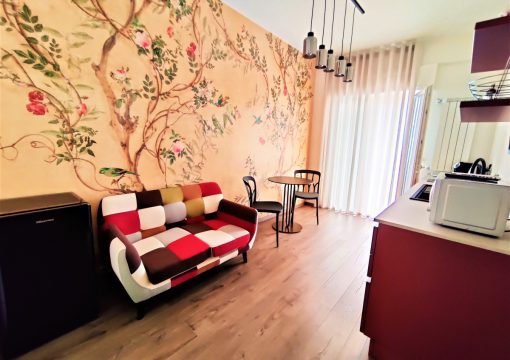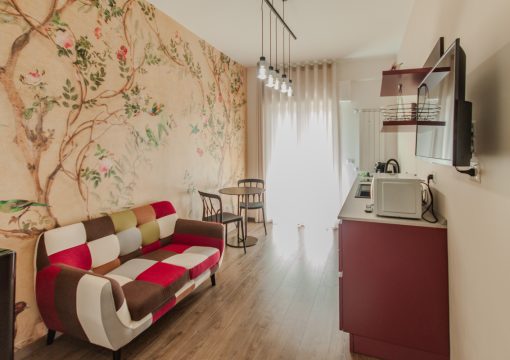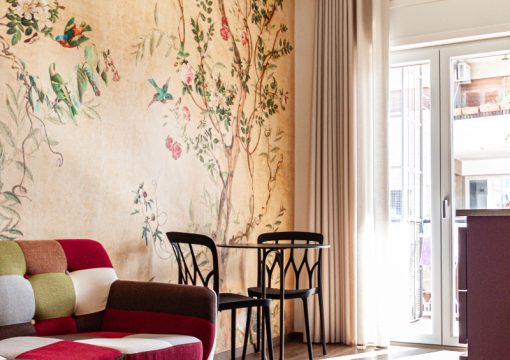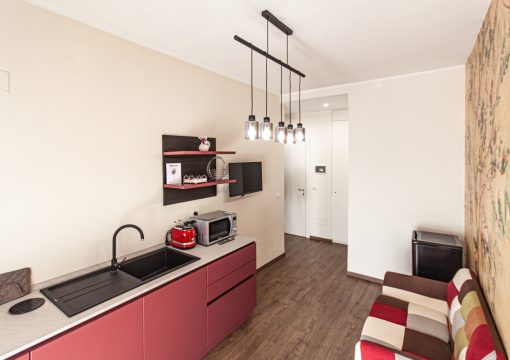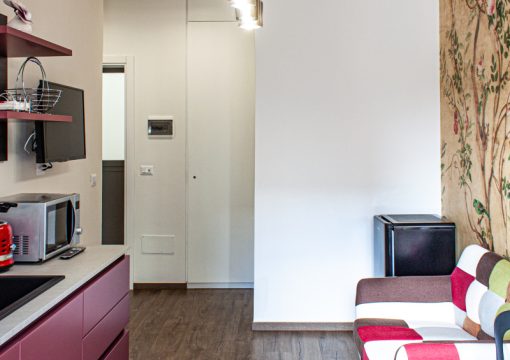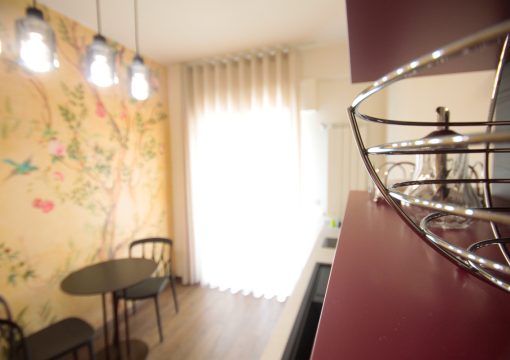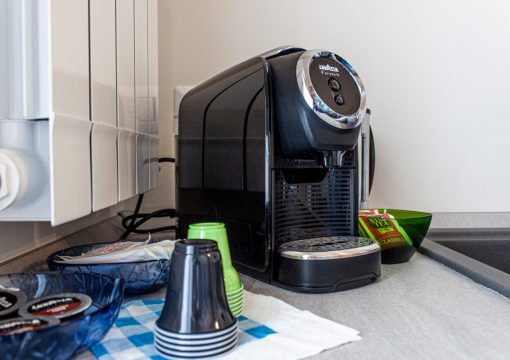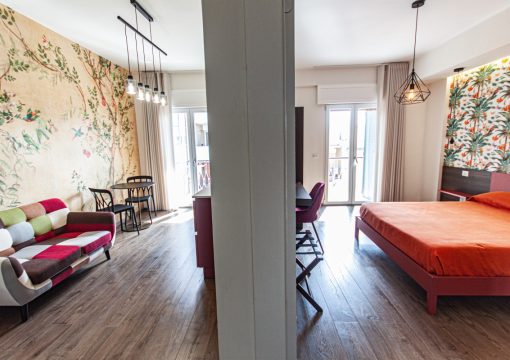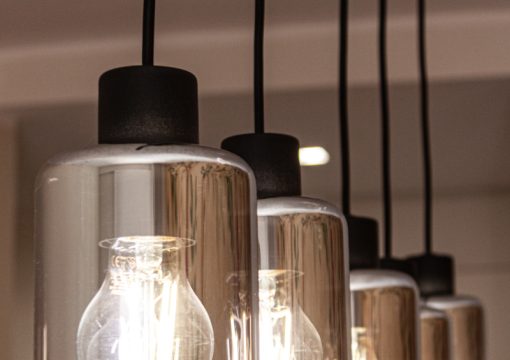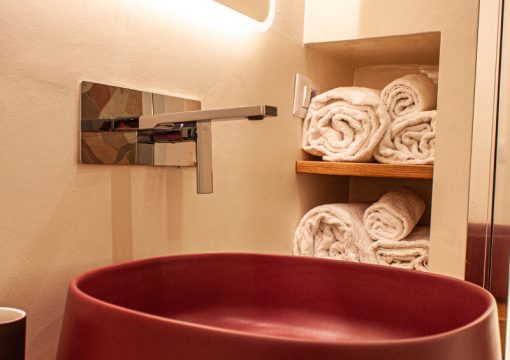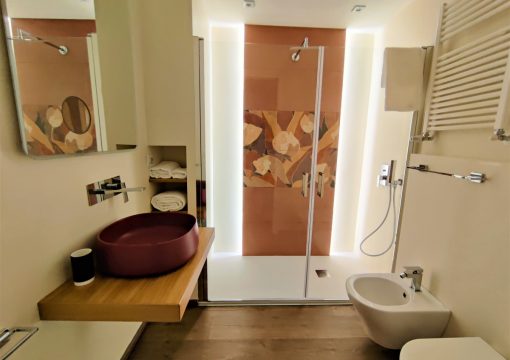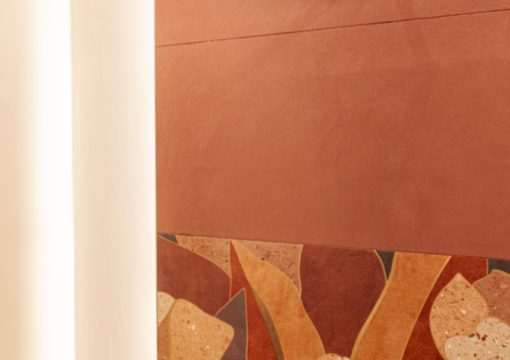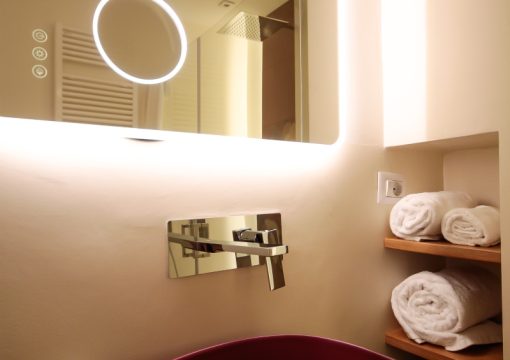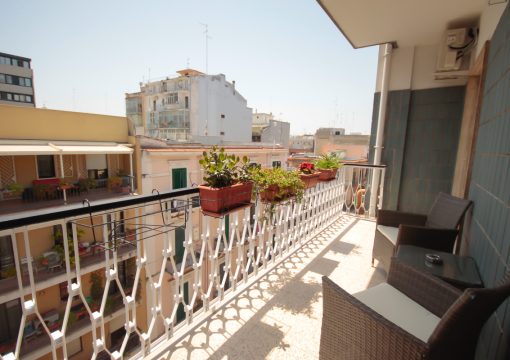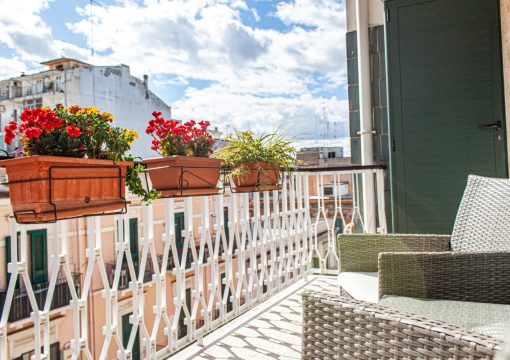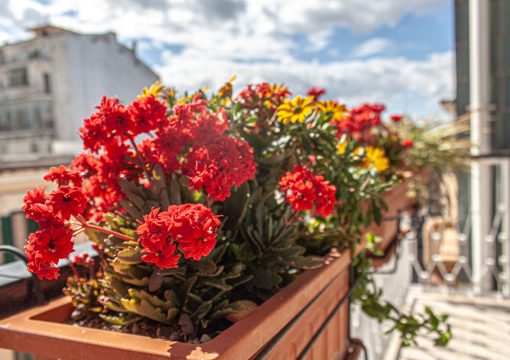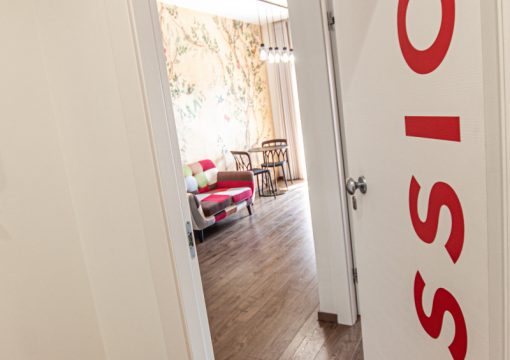What are the UNESCO sites in Apulia?
Welcome to Puglia, a land where history, culture, and nature blend into a scene of extraordinary beauty. My name is Elisabetta and I am your Personal Concierge at BeBari Apartments in Bari. It is with great pleasure that I will guide you through the discovery of the UNESCO World Heritage Sites located in our enchanting region. Every corner of Puglia tells a story, from the imposing medieval structures like Castel del Monte to the enchanting structures of the Trulli of Alberobello, passing through the sanctity of the Sanctuary of San Michele Arcangelo and the pristine nature of the Umbra Forest. These places not only represent the richness of our cultural and natural heritage, but they are also witnesses to centuries of history, art, and traditions. I invite you to explore these unique treasures with me, to make your trip to Puglia a memorable and enriching experience. Enjoy your reading!1. Castel del Monte (added in 1996)
Castel del Monte is an exceptional medieval architectural work that was included in the list of UNESCO World Heritage Sites in 1996. This castle is famous for its unique geometric shape and the mathematical precision with which it was built, features that make it one of the most fascinating and enigmatic castles built in Europe during the Middle Ages. Erected in the 13th century by the will of the emperor Federico II of Swabia, Castel del Monte has an octagonal plan with a tower at each of the eight corners. The structure combines stylistic elements that reflect the Romanesque, Gothic, and Islamic influences, demonstrating the emperor’s broad cultural connections. The number eight, recurring in the architecture of the castle, is loaded with symbolism and may reflect the astronomical and esoteric knowledge of the time. Internally, the castle was equally extraordinary, originally adorned with precious marbles, sculptures, and possible mosaics that have now been lost. The arrangement of the rooms follows a precise and symmetrical design, with the ground floor and the first floor structured around a central courtyard, also octagonal. Every detail of Castel del Monte seems to have been thought out to create harmony based on mathematical and symbolic ratios, contributing to the charm and mystery of the site.
2. The Trulli of Alberobello (added in 1996)
The Trulli of Alberobello were designated as a UNESCO World Heritage Site in 1996. These distinctive buildings are famous for their unique conical structures, built with prehistoric techniques that have been passed down through generations. A trullo is a small dwelling built entirely with local limestone stones, assembled without the use of mortar. Their conical domes are made by stacking stones circularly and are crowned with a decorative pinnacle that can vary in shape and design. The walls are often painted white to reflect the sun’s heat, while the roofs may feature painted Christian or pagan symbols believed to have protective or symbolic functions. The interior of a trullo is generally composed of a single circular room, with niches built into the walls serving as storage spaces. The internal layout and dense construction help keep the interior cool in summer and warm in winter. Alberobello is unique for its extensive grouping of over 1500 trulli, which form a significant part of the urban landscape. This feature makes the city an exceptional example of a form of vernacular architecture that is perfectly adapted to its environment and the needs of its inhabitants.
3. The Sanctuary of San Michele Arcangelo (added in 2011)
The Sanctuary of San Michele Arcangelo, located in Monte Sant’Angelo on the top of the Gargano promontory in Puglia, Italy, was added to the list of UNESCO World Heritage Sites in 2011, as part of the “Centers of power of the Lombards in Italy (568-774 A.D.).” This sanctuary is one of the oldest places of Christian worship and remains an important pilgrimage center, with a history dating back to the 5th century. The legend tells that the archangel Michael appeared in a cave on Mount Gargano in 490 A.D., an event that marked the beginning of the Christianization of the entire area. The sanctuary is built around this cave, which constitutes the heart of the religious complex. The interior of the cave is adorned with a baroque altar above the place where, according to tradition, the archangel left his footprint. The architecture of the Sanctuary of San Michele Arcangelo is a mixture of styles that reflect the various epochs of its long history. Byzantine, Norman, and Baroque architectural elements blend harmoniously, creating a sacred environment that is as majestic as it is mystical. The current facade of the sanctuary is the result of restorations and modifications that have taken place over the centuries, with the porch and bell tower dominating the main entrance. Inside, the sanctuary is rich in works of art, including mosaics, sculptures, and a wide range of ex-votos donated by pilgrims over the centuries, testimony to the deep devotion and worship that the faithful have for the archangel Michael.
4. The Umbra Forest (added in 2017)
The Umbra Forest Nature Reserve, an integral part of the Gargano National Park, was added to the list of UNESCO World Heritage Sites in 2017 as part of the larger area of the “Beech Forests of the Carpathians and Other Regions of Europe.” This forest is particularly appreciated for its ancient beech forests, which represent ancient and almost unchanged ecosystems essential for biodiversity and ecological research. The Umbra Forest is an exceptional example of how beech forests can adapt to different climatic and geographical conditions. The name “Umbra” derives from Latin and means “shady”, referring to the dense foliage that characterizes this woodland, which creates a moist and cool environment, ideal for sustaining a rich variety of flora and fauna. The reserve is famous for its biological diversity, hosting endemic and rare species of plants and animals, some of which are protected internationally. Among these are several species of wild orchids, wolves, wild boars, and a wide range of birds, including birds of prey like the peregrine falcon. The beech forests, in particular, are a crucial habitat for many species of insects and small mammals, which in turn support a broader food chain.
5. Castel Fiorentino in Torremaggiore (added in 2017)
Castel Fiorentino, located near Torremaggiore in the region of Puglia, Italy, was added to the list of UNESCO World Heritage Sites in 2017. This site is part of the broader “Itinerary of the Lombards in Italy, the places of power”, which includes seven groups of significant buildings located in different parts of Italy, all linked to the historical and cultural heritage of the Lombards. Castel Fiorentino, originally built in the 12th century, is known for having been one of the favorite places of stay of Emperor Frederick II of Swabia, a prominent historical figure whose reign left an indelible mark in Southern Italy. According to historical sources, it was here that the emperor died in 1250. The castle was situated in a strategic location, controlling the communication routes between the Gargano and the Tavoliere delle Puglie. Of Castel Fiorentino today only ruins remain, but the site still retains a strong historical presence. The remains of the castle include parts of the fortified walls and traces of the internal structure, giving an idea of its original grandeur. Although little remains of its imposing structure, the site offers an important testimony to the architectural patterns and life during the Swabian period in Italy.
Ready to discover them all? We are waiting for you at BeBari Apartments!
Puglia is a region that offers an extraordinary variety of UNESCO-recognized sites, each with its own historical, cultural, and natural peculiarities. I am waiting for you at BeBari Apartments in Bari, to offer visitors not only a warm welcome but also valuable advice for exploring these magnificent treasures. At BeBari Apartments, we are ready to make your experience in Puglia unforgettable, guiding you in the discovery of these and other treasures. See you soon, ElisabettaWhere to sleep in Bari before visiting Puglia
bebari
Be Free, Be Bari!
Comfort. No constraints. Just relax
- Designer flats, just minutes from all the attractions of Bari.
- Virtual check-in. Without reception or keys. Without rules or timetables.
- Independent. Everything you need to have what you want, when you want, how you want.
- Free parking
Feel free.
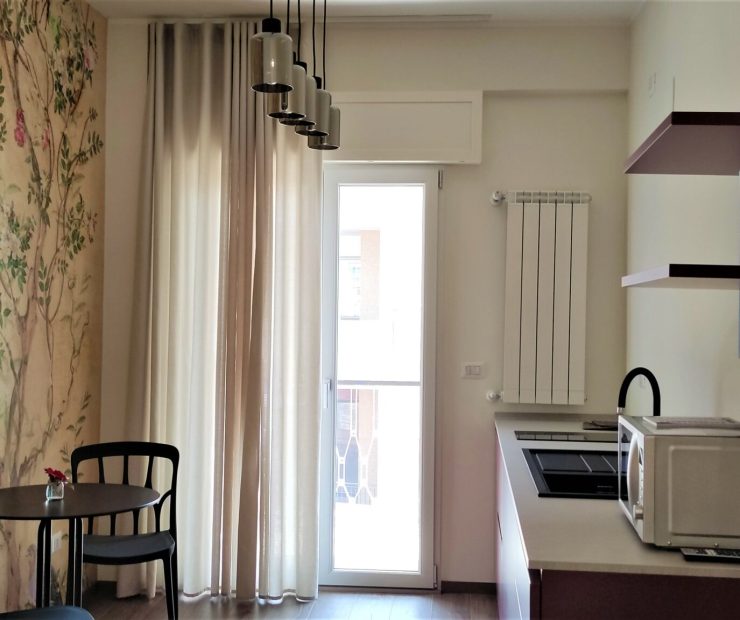
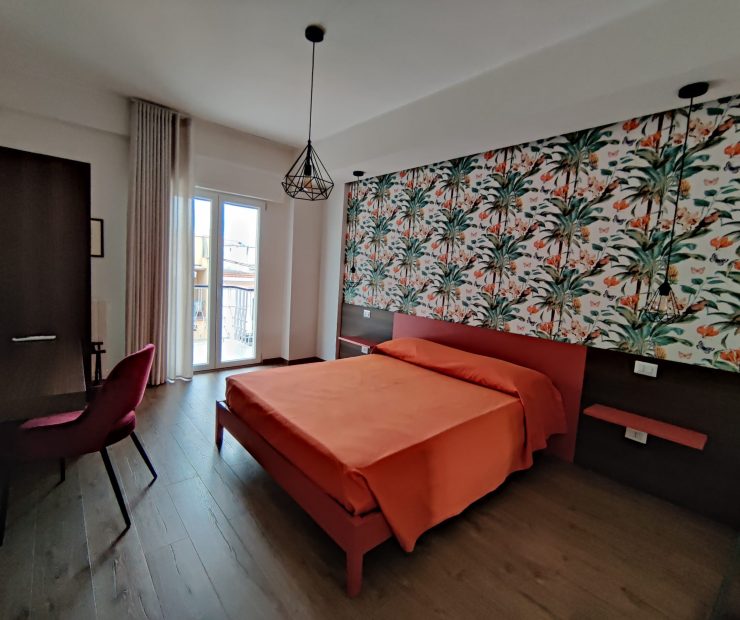
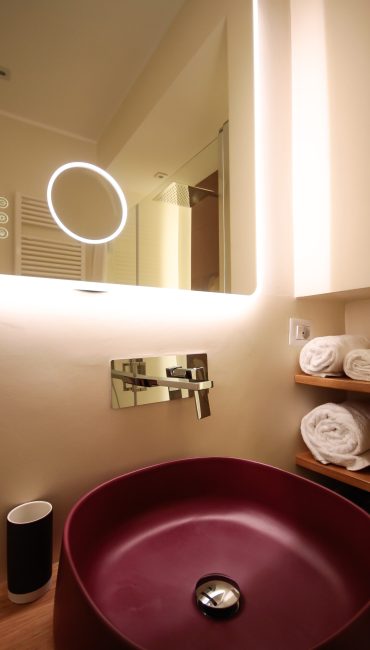
be relaxed
The flats you'll love
Which flat do you prefer?
Each one has free parking, an equipped kitchen and a private balcony.
Benvenuti al Dream Apartment di BeBari Apartments, completamente rinnovato nel 2023. Questo appartamento è la scelta ideale per coppie, turisti...
Benvenuti al Passion Apartment di BeBari Apartments, un rifugio di lusso pensato per coppie in cerca di intimità e romanticismo....
Frequently asked questions
The most frequently asked questions we receive from our customers are all contained in the FAQ section. Take a look to get an answer to your questions now.
where we are
See you here
BeBari Apartments is located at 145 Via Garruba, just a few minutes from the "Quintino Sella" metro stop for the airport, about 10 minutes from the central train station, the historic center and all major points of interest in downtown Bari.
Via Michele Garruba 145, 70122, Bari
When are you coming to visit us?
... or write to us 🙂
Leave your details to be contacted or for a no-obligation request for your stay

